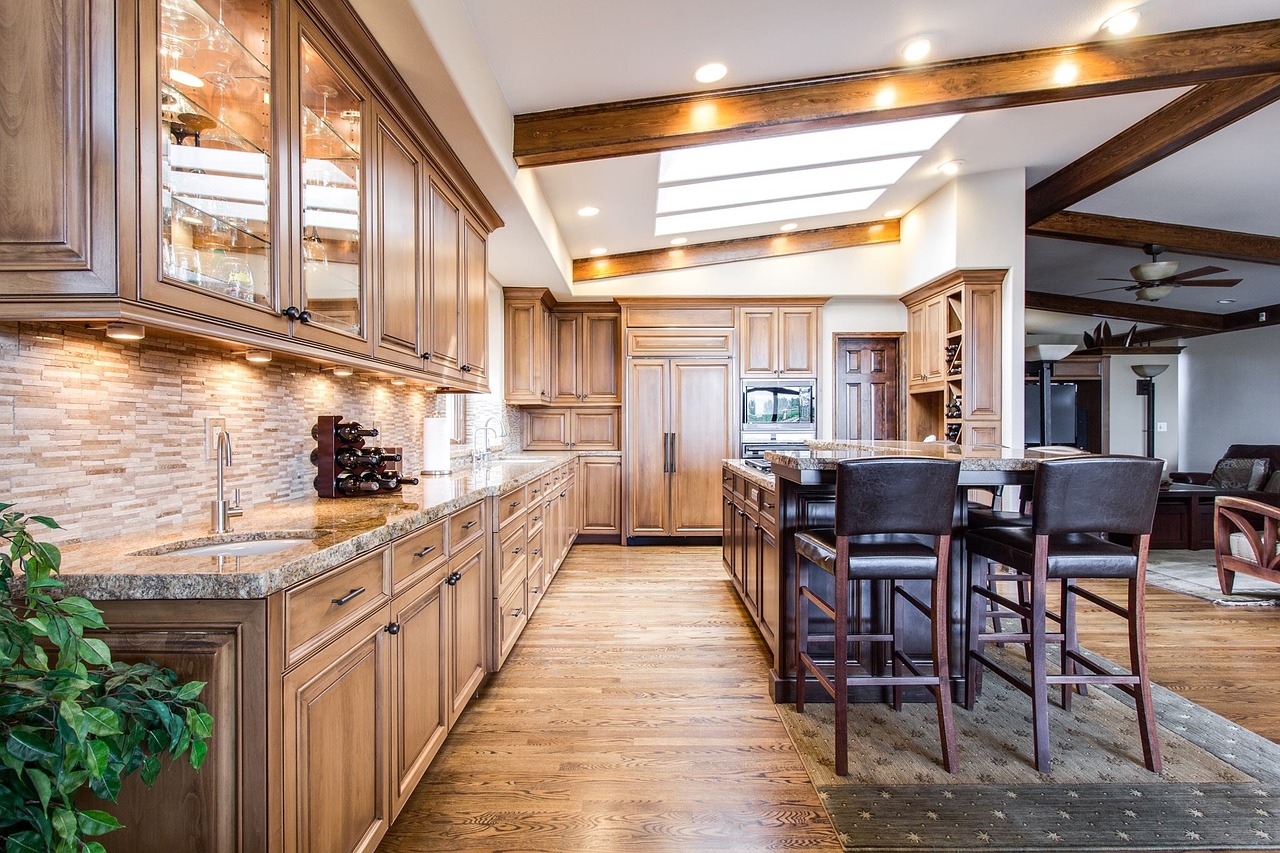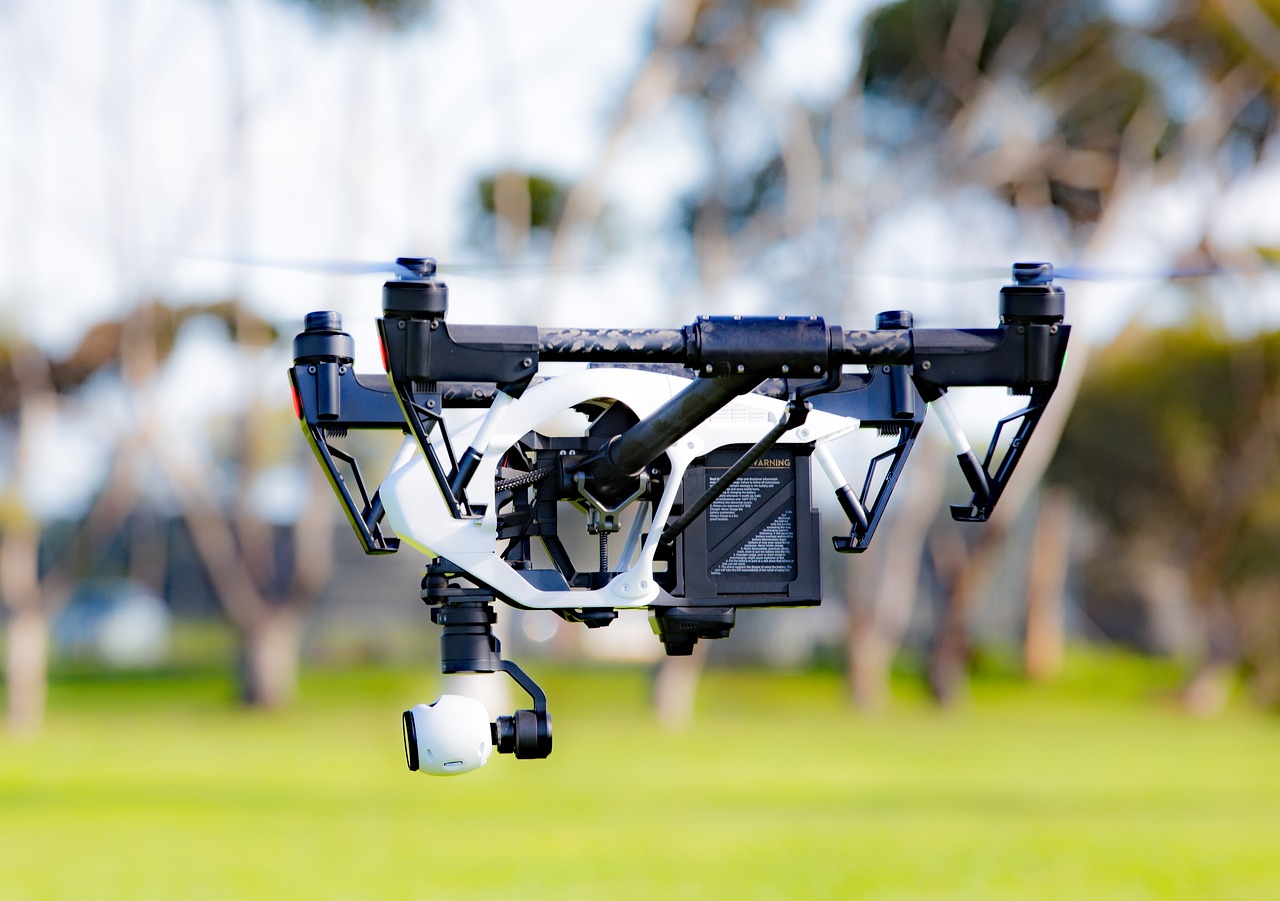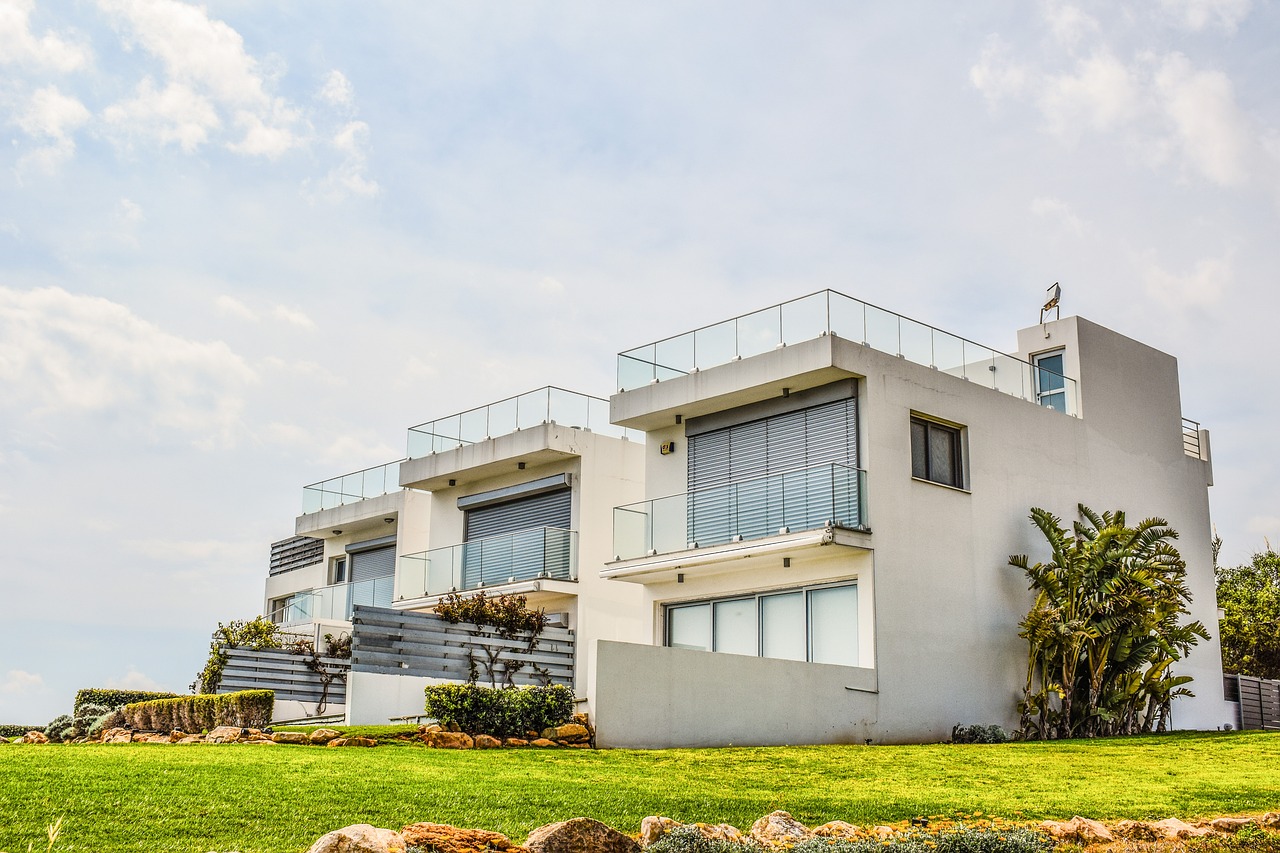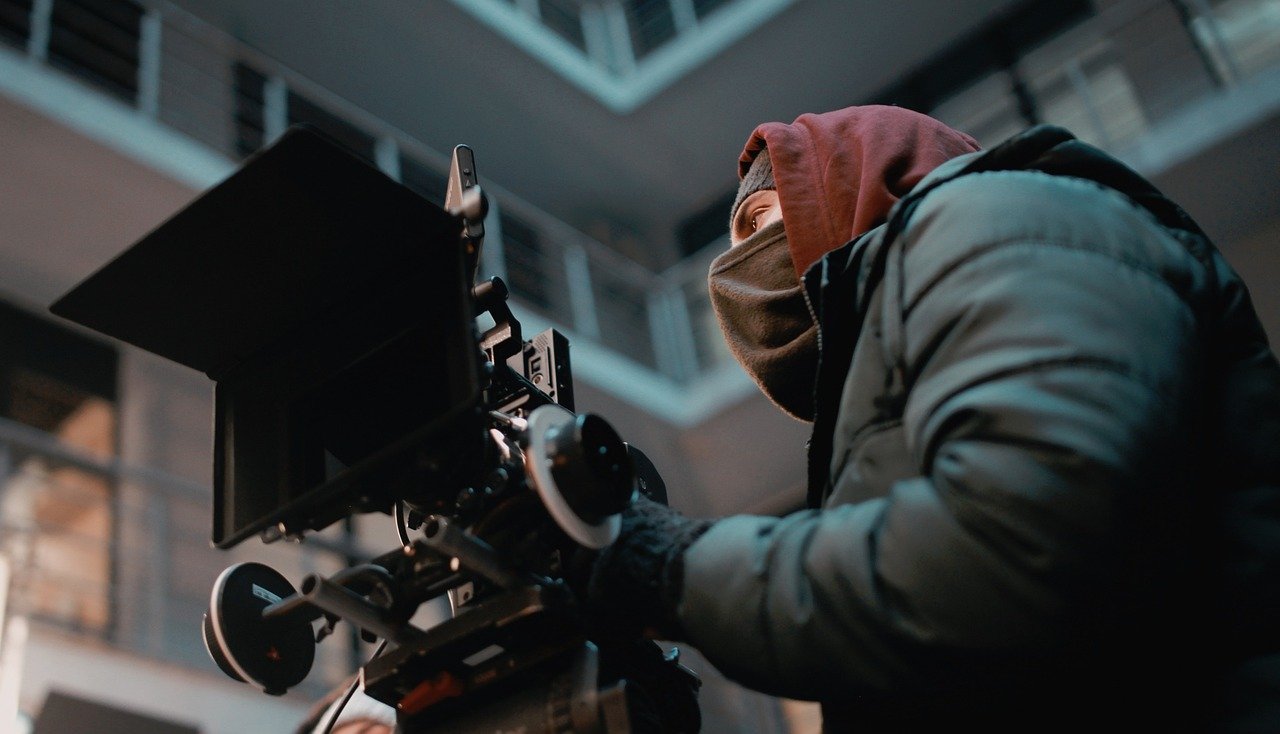Real Estate Videographer Real estate videography has become an essential aspect of the modern real…
Real Estate Photography: Capturing the Essence of Properties
Introduction
In the digital age, the real estate industry has become highly competitive, with buyers relying heavily on online listings to make informed decisions. The visual presentation of a property plays a vital role in attracting potential buyers, and that’s where real estate photography comes into the picture. In this article, we will delve into the world of real estate photography, exploring its importance, techniques, and tips to capture stunning images that showcase the essence of properties.
1. The Significance of Real Estate Photography

Real estate photography is essential for capturing the attention of potential buyers and enticing them to explore a property further. High-quality images create a positive first impression and can significantly impact the decision-making process. They allow buyers to envision themselves living in the space and help highlight the unique features and selling points of a property.
2. Essential Equipment for Real Estate Photography

To capture stunning real estate photos, certain equipment is essential. A professional-grade DSLR or mirrorless camera, wide-angle lens, tripod, and external flash are the foundation of a real estate photographer’s toolkit. Investing in quality equipment ensures sharp, well-exposed images that accurately represent the property.
3. Preparing the Property for a Photoshoot
Before the photoshoot, it’s crucial to ensure the property is in its best possible condition. Clearing clutter, organizing furniture, and staging each room can make a significant difference in the final images. Attention to detail is key, as small touches like fresh flowers and decluttered countertops can elevate the overall appeal of the property.
4. Composing Engaging Real Estate Photos
Composition plays a vital role in capturing engaging real estate photos. When framing a shot, consider the rule of thirds, leading lines, and perspective. Highlight the property’s unique features, such as architectural details, spaciousness, and outdoor areas. Utilize different angles and vantage points to showcase each room effectively.
5. Lighting Techniques for Captivating Images
Proper lighting is crucial in real estate photography. Utilize natural light whenever possible by opening curtains and blinds. Additionally, consider using external flashes and reflectors to fill in shadows and create a balanced, well-lit image. Avoid harsh shadows or overexposure by using the right combination of lighting techniques.
6. Editing and Post-Processing Tips

Post-processing is an integral part of real estate photography. Use software like Adobe Lightroom to enhance images, adjusting brightness, contrast, and color balance. Removing minor imperfections, straightening vertical lines, and improving overall image quality can make a significant difference in the final presentation.
7. Showcasing Unique Selling Points
Real estate photography should focus on highlighting the property’s unique selling points. Whether it’s a stunning view, a spacious backyard, or a beautifully designed kitchen, capturing these features in detail can attract potential buyers. Showcasing the lifestyle the property offers helps create an emotional connection with viewers.
8. Virtual Tours: A New Dimension in Real Estate Photography

Virtual tours have revolutionized the way properties are showcased online. Using specialized software and equipment, real estate photographers can create immersive 3D experiences that allow potential buyers to navigate through a property from the comfort of their homes. Virtual tours provide an interactive and engaging way to explore a property’s layout and flow.
9. The Role of Drones in Real Estate Photography

Drones have become a valuable tool in real estate photography. With their ability to capture aerial views and stunning aerial shots, drones offer a unique perspective on a property and its surroundings. Aerial photography can showcase expansive landscapes, waterfront properties, and other features that are best captured from above.
10. Choosing the Right Photographer

Selecting the right real estate photographer is crucial for achieving exceptional results. Look for professionals with experience in real estate photography, a diverse portfolio, and a keen eye for detail. Request references and discuss your expectations to ensure they align with the photographer’s style and capabilities.
11. Marketing and Using Real Estate Photos

Real estate photos are powerful marketing tools that can be utilized in various ways. They can enhance property listings on websites and real estate portals, be shared on social media platforms, and used in printed marketing materials. Professional, visually appealing photos significantly improve the chances of attracting potential buyers.
12. Staying Up-to-Date with Trends
Staying informed about current trends in real estate photography is essential for maintaining a competitive edge. Stay updated with new techniques, equipment advancements, and popular styles to adapt and provide fresh, visually appealing content that resonates with buyers.
13. Common Mistakes to Avoid in Real Estate Photography

While striving to capture exceptional real estate photos, it’s important to be aware of common mistakes and pitfalls. Some common errors to avoid include misleading photo editing, excessive image manipulation, inaccurate color representation, and overly exaggerated perspectives. Maintaining authenticity and accuracy in your images is crucial.
14. Legal and Ethical Considerations
Real estate photographers must adhere to legal and ethical guidelines. Respect the privacy of homeowners, obtain necessary permissions, and ensure accurate representation of the property. It’s essential to understand copyright laws and usage rights to avoid any legal complications when marketing and distributing the photographs.
15. Conclusion
Real estate photography is a powerful tool for showcasing properties in their best light. By capturing high-quality, engaging images, real estate photographers help buyers visualize themselves in the space and highlight the unique features of each property. As the industry continues to evolve, staying updated with the latest techniques and trends will ensure the continued success of real estate photography.
FAQs
1. How important is real estate photography in selling a property? Real estate photography plays a crucial role in attracting potential buyers and making a positive first impression. High-quality images significantly impact the decision-making process.
2. What equipment is necessary for real estate photography? Essential equipment includes a professional-grade camera, wide-angle lens, tripod, and external flash. Investing in quality equipment ensures sharp, well-exposed images.
3. How can virtual tours enhance the property viewing experience? Virtual tours provide an interactive and immersive way for potential buyers to explore a property’s layout and flow. They offer a 3D experience that can be accessed from anywhere.
4. What role do drones play in real estate photography? Drones enable photographers to capture stunning aerial shots and showcase properties from unique perspectives. They are particularly useful for highlighting expansive landscapes and waterfront properties.
5. Why is it important to choose a professional real estate photographer? Selecting a professional photographer with experience in real estate photography ensures high-quality images that effectively showcase a property’s features. A skilled photographer can capture the essence of a property and attract potential buyers.




